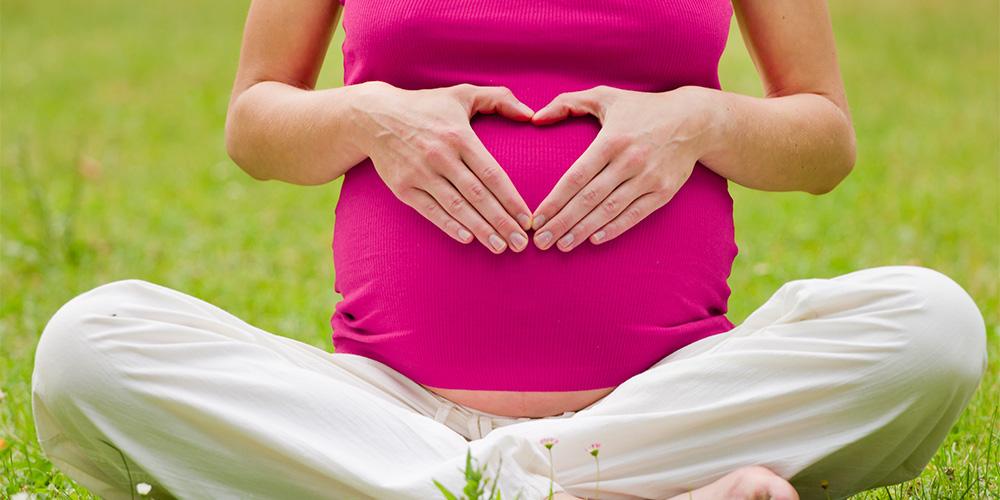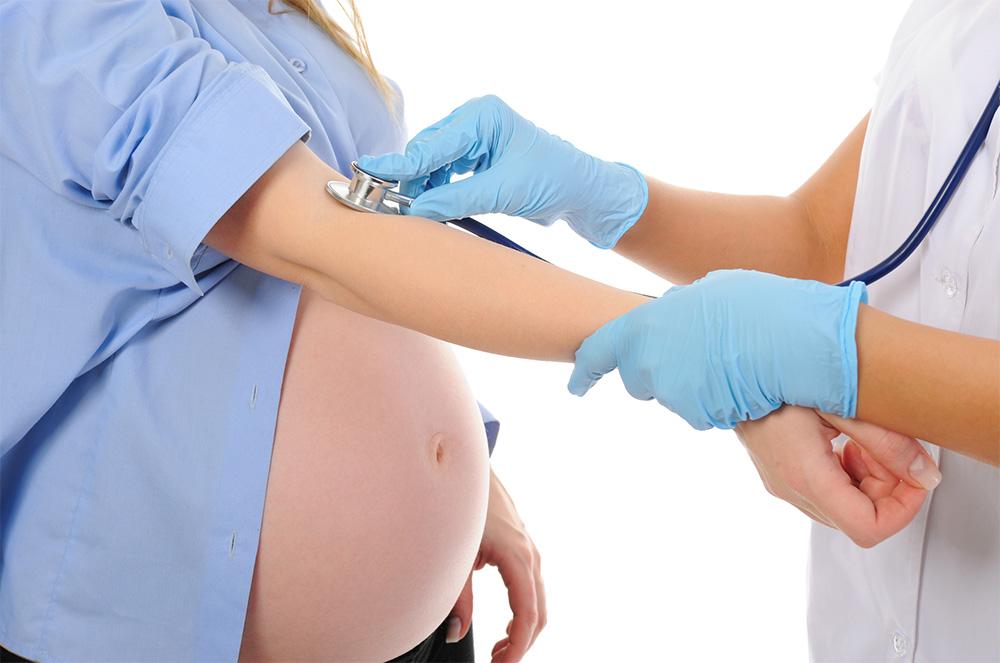Preeclampsia & Hellp Syndrome
by Stefanie Zinchiak M.Ed.
Medically Reviewed by Dr. Linda Lemay M.D.

What is Preeclampsia?
Preeclampsia, also known as toxemia, is a condition in which a pregnant woman develops high blood pressure and protein in the uterine, typically after the 20th week of pregnancy, and may last up to 6 weeks postpartum (after delivery).
Preeclampsia is a serious condition for pregnant women and affects about 2 to 8 percent of pregnancies worldwide. In the United States, it’s the cause of 15 percent of premature births.
The good news is that most women with preeclampsia have healthy babies, but if left untreated it can cause severe health problems for both the mother and the baby, including kidney, liver and brain damage as well as blood clots.
Prenatal care from your obstetrician is key to managing this condition, but women with preeclampsia are at higher risk for these complications:
- A low birth weight baby, as preeclampsia affects the blood flow to the placenta
- Placental abruption, in which the placenta separates from the uterine wall causing vaginal bleeding
- Premature birth

Diagnosis & Treatment of Preeclampsia
Your obstetrician should be measuring your blood pressure and checking for protein in the urine at each visit.
A high blood pressure and protein in the urine will be strong indicators of preeclampsia, but your obstetrician will likely ask about additional signs or do further testing to ensure your health and the health of the baby.
The only way to cure preeclampsia is to deliver the baby. Treatment will depend largely on the severity of preeclampsia as it may be mild and only require more frequent monitoring, coupled with staying at home or in the hospital. Treatment and changes to your birth plan will also depend on how far along you are in pregnancy when you develop preeclampsia.
Severe preeclampsia may require treatments in the hospital, in which medications are given to control blood pressure and prevent additional complications, as well as steroid injections to speed up the growth of the baby so that an early delivery can take place.
Signs & Symptoms of Preeclampsia:
Many women with this condition do not feel sick, as symptoms are ‘silent’ and may resemble normal effects of pregnancy. These ‘silent symptoms’ or signs include high blood pressure and protein in the urine. Other signs and symptoms include:
- Swelling of the hands, face/eyes and legs/feet
- Sudden weight gain over a few days, or more than 2 pounds in a week
- Severe headaches
- Vision changes, such as seeing flashing lights or spots, blurriness, sensitivity to light, temporary blindness, etc.
- Sudden onset of nausea or vomiting during the second half of pregnancy
- Belly pain on the right side, below the ribs, or in the right shoulder
As many of the signs and symptoms are common discomforts of pregnancy, it’s important to request a urine test and blood pressure check at each appointment with the obstetrician, which should be standard protocol anyway. And make sure to contact your provider if sudden and unusual symptoms arise, such as blurred vision, belly pain, severe headaches, etc.
HELLP Syndrome
HELLP Syndrome is a rare, but life-threatening condition and considered to be a variant of preeclampsia, occurring in the later stages of pregnancy or after birth. It may however, occur without a diagnosis of preeclampsia.
HELLP stands for:
- H- hemolysis (breakdown of red blood cells)
- EL- elevated liver enzymes (liver function)
- LP- low platelets counts (platelets help the blood clot)
About 4-12% of women with diagnosed preeclampsia will develop HELLP syndrome.
Symptoms may include headache, nausea or vomiting, abdominal or chest tenderness, shoulder pain, bleeding, vision changes or swelling and indicator signs of this condition include high blood pressure and protein in the urine.
The most common reasons for severe illness or death are liver rupture or stroke.
For more information, ask your obstetrician or visit www.preeclampsia.org.
Where to Go
Choosing where to deliver your baby is an important decision. “New moms have many choices when it comes to having their baby, so choosing the best birthing experience is right up there with choosing the best doctor. We’ve made it easy for moms to vet out the hospitals that are proven to deliver an outstanding experience,” said Delia Passi founder and CEO of the Women’s Choice Award. The America’s Best Hospitals for Obstetrics have met the highest standards for Obstetrics across the U.S.
What to Ask Your OBGYN, Upon Diagnosis:
Q: How has the condition affected my baby and what tests will be performed next?
Q: How severe is my condition and is it safe to continue the pregnancy?
Q: What treatment is safest for myself and the health of my baby?
Q: How often will I be monitored and what are my dietary and activity restrictions?
Q: How does this affect my birth plan?
Q: What symptoms should alert me to seek medical attention?
Resources:
www.Preeclampsia.org
Know Where to Go, Know What to Do
America’s Best Hospitals for Obstetrics
This content is for informational purposes only and is not intended to provide medical advice or to treat, diagnose, cure or prevent any disease or condition. Always seek the advice of your healthcare provider.
Sources:
http://www.preeclampsia.org/health-information/about-preeclampsia
http://www.nlm.nih.gov/medlineplus/ency/article/000898.htm
http://www.marchofdimes.org/pregnancy/preeclampsia.aspx
http://americanpregnancy.org/pregnancy-complications/hellp-syndrome/
